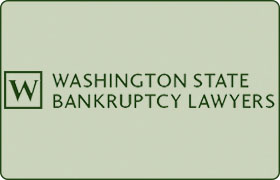Olalla Reorganization Lawyer, Washington
Sponsored Law Firm
-
 x
x

Click For More Info:
-
Washington Law Group, PLLC
Proudly Serving The Greater Puget Sound Region» view mapBankruptcy & Debt, Chapter 7, Chapter 13 CONTACT US FOR A CONSULTATION
Bankruptcy is unquestionably one of the most powerful financial tools on the planet. Yet, many people struggle for years before even learning how easy it can be to qualify.
800-699-2370
Lance L. Lee
Credit & Debt, Reorganization, Workout, Collection
Status: In Good Standing Licensed: 28 Years
FREE CONSULTATION
CONTACT
 Jason Newcombe Seattle, WA
Jason Newcombe Seattle, WA
